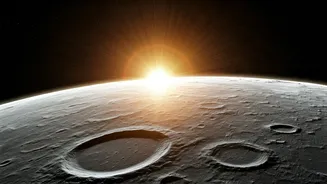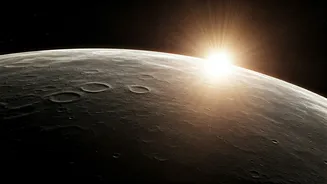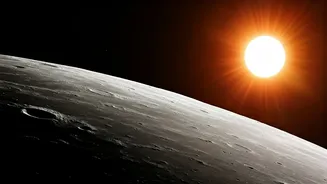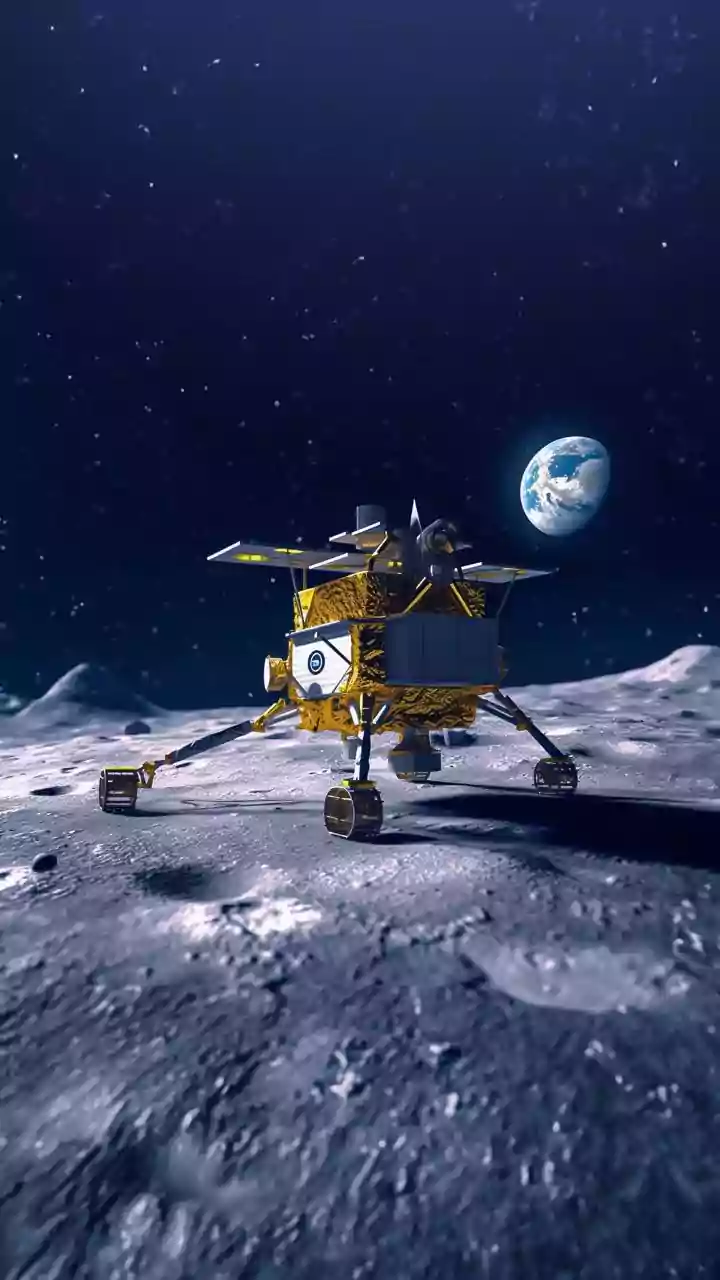Orbiting the Moon
Chandrayaan-2's two-year mission has been a journey of discovery, specifically in the field of lunar exploration. The orbiter's instruments have meticulously
gathered crucial data, providing unparalleled insights into the Moon's characteristics and its interaction with the space environment, particularly the Sun. The data collected spans an array of phenomena, giving scientists a more in-depth comprehension of our celestial neighbor. Chandrayaan-2 has delivered substantial findings through its payloads, opening new avenues of research. The mission's success highlights the prowess of Indian space capabilities and its commitment to contributing to global space research endeavors. The ongoing data from Chandrayaan-2 serves as an essential resource for the scientific community, further assisting in a better understanding of the cosmos and the processes that affect celestial bodies.
Solar Proton Events Detected
One of the most noteworthy achievements of Chandrayaan-2 is the detection of solar proton events and their influence on the lunar surface. For the first time, direct observations have been made, allowing researchers to study how the Sun's activity affects the Moon. These events, characterized by bursts of high-energy particles emitted from the Sun, have been observed by Chandrayaan-2's advanced instruments. These observations are of significant importance for space weather research, as they are essential in understanding the impact of solar flares and coronal mass ejections on planetary environments. The insights gained from Chandrayaan-2 will inform future missions and assist in the development of more effective strategies for protecting spacecraft and astronauts from space radiation hazards. The detection of solar proton events also helps scientists refine their models of the lunar environment, improving our comprehension of the Moon's surface composition and dynamics.
Discovery-Class Findings
ISRO has confirmed that the Chandrayaan-2 orbiter's payloads have led to discovery-class findings, highlighting the mission's significant contributions to space science. The scientific data gathered has the potential to reshape current understanding of the lunar landscape and its interaction with the solar system. The mission’s instruments have meticulously mapped the Moon's surface, identified the existence of various elements, and investigated its internal composition. These findings will assist researchers in unraveling the mysteries of the Moon's formation, evolution, and potential resources. Moreover, the discoveries are expected to have a far-reaching influence on future lunar exploration endeavors, with the potential to uncover novel insights into space, particularly in the realm of planetary science. The success of Chandrayaan-2 not only signifies a triumph for India's space program, but also serves as an inspiration to the worldwide scientific community.















